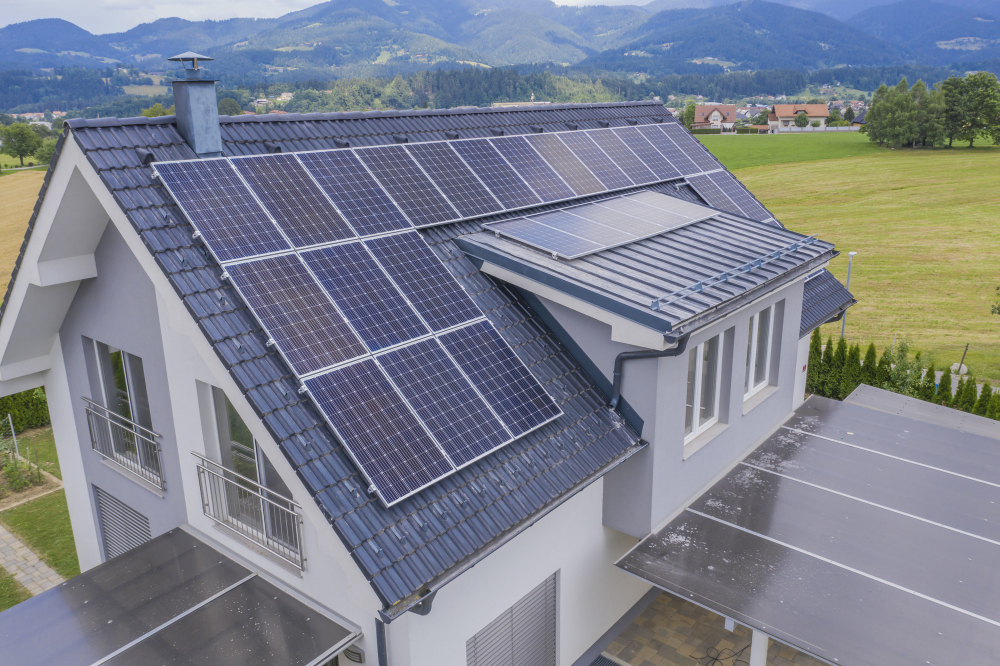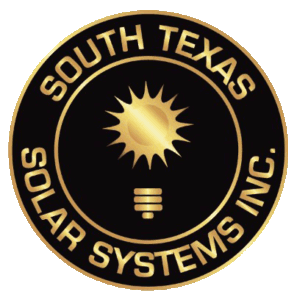
Welcome, green energy enthusiasts and savvy homeowners! As an advisor in the renewable energy sector, I’m here to guide you through the intricate world of sun-harnessing modules, shedding light on the factors that impact solar panel efficiency.
Grasping these aspects is essential for optimizing the use of solar power in their off-grid solar panels, no matter their location.
The Impact of Cell Material on Performance
These power-generating units are far from uniform. They come in various types, each constructed from a distinct cell material. The material chosen can heavily influence the effectiveness of a module. For instance, silicon-based units have superior performance. They are common in areas like Brownsville and Corpus Christi, where top renewable energy companies operate.
Temperature and Its Effect on Efficiency
Temperature plays a pivotal role in determining the output of sun-harnessing modules. Regions with warmer climates often face this challenge. Interestingly, these units prefer cooler conditions, with efficiency declining as temperatures rise. But don’t fret; various cooling strategies can help mitigate this thermal effect, especially in warm areas like Eagle Pass and Laredo.
The Importance of Installation Angle and Orientation
The orientation and tilt of your sun-catching units can significantly affect their sunlight capture. For homeowners of solar panels San Antonio, modules ideally should face south to optimize sunlight exposure. Solar trackers come into play here. Innovative technology that adjusts your modules to follow the sun, ensuring maximum sunlight capture throughout the day.
Weather and Seasonality: The Unseen Influencers
Mother Nature has her say in your module’s efficiency. Like McAllen, locations with frequent cloud cover often grapple with reduced performance due to obstructed sunlight. The sun’s angle and the length of the day in different seasons can also influence your modules’ output.
Planning a move to a new residence? Amid the chaos, don’t forget to consider how these factors that impact solar panel efficiency might change with your new location, whether you’re relocating to a bustling city with commercial renewable energy opportunities or a remote countryside home where standalone modules might be your best bet. All of these factors play an essential role in ensuring optimal energy output.
You Should Also Be Aware of Solar Batteries
We can’t discuss module performance without mentioning energy storage units known as solar batteries. An integral part of standalone systems, these units store surplus energy produced by your modules, and there are many things you need to know about solar batteries. This stored energy is used when sunlight availability is minimal – during cloudy days or at night—maintaining your system’s efficiency around the clock.
Regular Maintenance and Cleaning: Keys to Efficiency
Cleanliness equates to efficiency when it comes to sun-harnessing units. Overlooked by many, the best solar companies in Texas, which have a lot of experience, stress the importance of regular maintenance. Any dust, dirt, or debris can obstruct sunlight, leading to significant performance losses over time.
How to Calculate the Savings?
The efficiency of these modules directly impacts your potential savings. That’s why many companies offer calculators to estimate potential savings from renewable energy installations and want to help you understand how to calculate the savings of installing solar panels. The system’s performance and local electricity rates can help you understand how soon you can recoup your initial investment.
Is Solar Good for Your Place of Living?
Relocating is not just about finding the best moving company or securing the dream home. As our friends at zaptmovers.com say, sometimes it is more important to determine the quality of life in your new city, including evaluating the potential for solar energy.
With an increasing number of cities becoming solar-friendly, like Corpus Christi and Eagle Pass, understanding how well solar can fit into your life becomes essential. Look for factors that impact solar panel efficiency, such as the average number of sunny days, local incentives for solar installations, and the presence of solar companies in your new city.
Embracing Solar Power in Eco-Friendly Cities
Solar installations can help you save on utility bills, reduce your carbon footprint, and contribute to a greener environment. So, suppose you’re eyeing to move to a city where solar panels are a common sight, like in San Antonio or Austin, since there are plenty of solar installers San Antonio. In that case, it’s time to see if it’s the right fit for you and if the quality of life in your new city matches your needs. With some research and foresight, you could make your move a stepping stone to a sustainable and efficient future.
Aging and Degradation: Silent Performance Reducers
You should know that the typical lifetime of a solar panel can influence its efficiency. As modules age, they may lose a small fraction of their performance. However, don’t let this deter you. Good maintenance practices and regular checks can help maintain their effectiveness for many years.
Considerations for Unique Local Conditions
Every geographic location presents unique considerations that could affect the performance of your sun-harnessing modules. For instance, if you’re located near a coastline, like Corpus Christi. Then you may have to consider the potential impact of salt mist. In contrast, if you’re located in a region with high winds, like certain areas of South Texas, you might need to secure your modules against wind damage. Therefore, a keen understanding of your local environment is instrumental in getting the most out of your renewable energy setup. Discussing these factors with experienced local installers is always prudent to ensure your system is tailored to withstand and perform optimally under your specific local conditions. Even your solar panels in Texas can be expertly taken care of.
Final Thoughts
Numerous factors come into play when considering the factors that impact solar panel efficiency. These include the cell material and temperature conditions, installation orientation, local weather and seasons, regular maintenance, and even the age of the modules.
With this comprehensive guide on the elements that influence the performance of sun-harnessing modules, you’re now equipped to make the most out of your renewable energy investment. Whether you’re contemplating a commercial installation in San Antonio, residing in Austin looking for reliable installers, or even in a sunny locale of Texas exploring renewable energy options, this knowledge can help you navigate the world of solar power efficiently and effectively. Let’s harness the power of the sun to its fullest!
